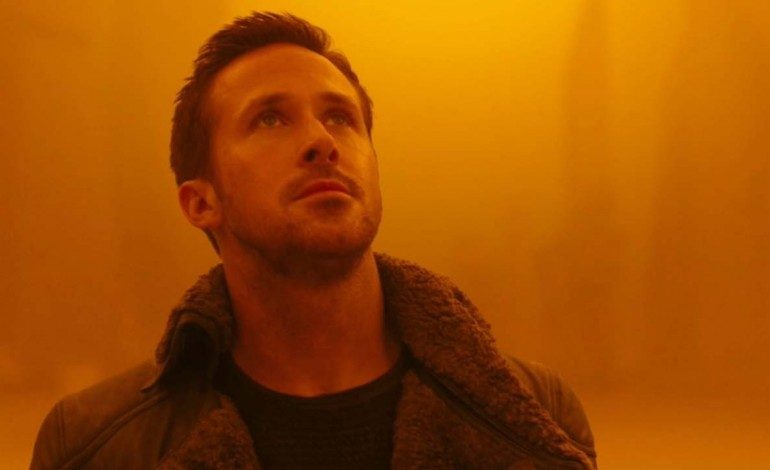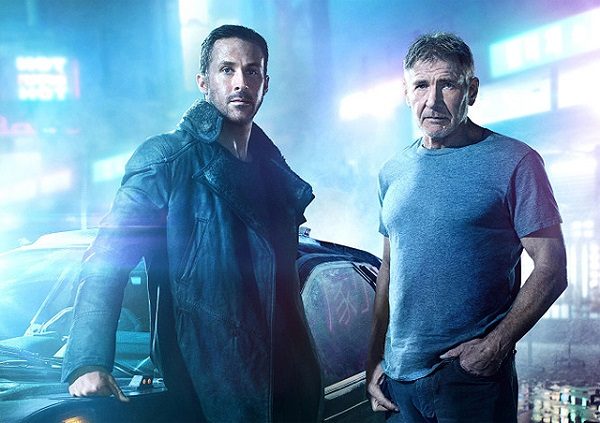

Last weekend, David Lynch‘s Twin Peaks: The Return ended its 18-episode run. The Showtime series, which brought back the groundbreaking 1990s primetime soap after nearly being off the air for nearly a quarter century, was a lot of things. It was simultaneously brilliant, hysterical, haunting, frustrating, meandering, and pointless; in other words, Lynchian. But there was one thing Twin Peaks: The Return wasn’t – it wasn’t a retread of Twin Peaks.
Pop culture is being increasingly defined by cheap nostalgia, with an endless array of reboots, remakes, and sequels. Occasionally will there be something that bucks the trend (e.g. the TV series Hannibal adding unforeseen depth to the Hannibal Lecter/Will Graham relationship), but mostly they seem content to bring back the old cast and put them back precisely where they left them off years ago, abandoning the novelty of the original for a greatest hits compilation. And we’re equally content to lap it up.
It would have been easy for Lynch and Mark Frost to use Twin Peaks: The Return to repeat the formula that made the original series a phenomenon a quarter century ago. Deus Ex Machina Agent Cooper out of the Black Lodge, throw in another dead girl, set it in another (or probably the same) quirky town, and set everyone off on solving another mystery. Thankfully, they pointedly avoided replaying most of these things. The amount of time we spend in the eponymous town of Twin Peaks seems paltry compared to the time we spend in Las Vegas or South Dakota. The Washingtonians we met all those many years ago have virtually no impact on the overall narrative, and most of their individual stories are left open-ended at best. There’s no central, ‘grounded’ mystery in the vein of Who Killed Laura Palmer? Agent Dale Cooper, the main character of the entire series, doesn’t even fully appear until the end of episode 15.
Instead, the show becomes one of the most wonderfully experimental series ever on television. We go on many fantastic, unexpected sojourns throughout time, space, and reality. We get some of Lynch’s all-time most powerful and beautiful moments that wouldn’t have been possible nor fit during the original two season run. It’s still distinctively Twin Peaks (it all ties back to the tragic death of Laura Palmer) – while also being a lot of other things as well.
Everything surrounding Twin Peaks: The Return could relate just as well to the upcoming Blade Runner 2049. Like Twin Peaks, despite its name recognition Blade Runner is still mostly a cult sensation. For the number of people who will swear by the original, you’ll probably find a greater number of people who find it slow or who appreciate the aesthetics but find the story and performances dull or who have zero intention of seeing the original before the new one comes out. And the studios know that. Moreover, the original Blade Runner bombed upon its release in 1982. And the studios remember that.
The original Blade Runner remains a stand-out in the realm of science fiction because of its lack of exposition and abundance of ambiance. Primarily through set design and props, we know pretty much all we need to know about Rick Deckard’s world. Unlike Peaks, which ended on many cliffhangers, Blade Runner‘s final line – “it’s too bad she won’t live, but then again, who does?” – perfectly encapsulates the film’s entire thesis. There’s no real reason to return to that world, but since they are (and thankfully, not as a prequel), the question becomes – what is the intent of this story? What are they actually trying to do? Expand upon the Blade Runner universe, or do a dumbed down retread – like so many of the 20+ year sequels that came before?
The biggest hang up might actually be the inclusion of Harrison Ford. I get that he’s the marquee name, and he’s the element most closely associated with the original movie. And yes, we loved seeing him back as Han Solo in The Force Awakens. And we’re supposed to be excited seeing him back as Indiana Jones in Indiana Jones 5 as though we’re meant to forget how bad Crystal Skull was, or simply ignore how LucasFilms and Disney keep playing on each others’ worse impulses. (DID YOU GET YOUR PORG FUNKO TOY YET?!?)
However, Deckard is a much different character than Solo or Jones; he’s far more human than either of them. He’s depressive, easily injured, and can rarely talk his way out of anything. The point of the original movie is how inconsequential he actually is. The question of whether he’s Replicant or human is irrelevant. To himself, for himself, he is just an average cop doing an average job that he hates. Answering the question of what he is, or succumbing to any of the other tropes popular in this genre (Replicant Messiah/chosen one, family/operating system connection between him and Gosling) will miss the point of what Blade Runner is actually about. And if Blade Runner 2049 doesn’t get that, then – great effects aside – what will it be?
The fantastic director Denis Vileneuve (Sicario, Prisoners, Arrival) might be the biggest hope that this sequel will subvert our expectation (though that might be canceled out by Ridley Scott, the original director and the man behind Alien: Covenant producing), but the biggest advantage Blade Runner actually has is that it’s not as present in the zeitgeist as many other reboot films. There are some distinctive images and Rutger Hauer’s “tears in the rain” speech, but it’s not something most people know beat-by-beat like Star Wars or Ghostbusters or Alien(s). This lack of public awareness could allow Vileneuve to explore different avenues and themes without reverting to “Blade Runner hunts renegade robots, falls in love, questions self” but with crazier action sequences now because they can afford it – as opposed to the reliance on foot chases and … foot chases in the original.
Unfortunately, this isn’t the experimental Warner Brothers of the 1970s and 1980s. This is a Warner Brothers who green-lit CHIPS and King Arthur: Legend of the Sword for this year. The Warner Brothers of Batman v. Superman: Dawn of Justice. Despite the significance of the first film, Blade Runner 2049 is clearly an expensive film and as such must be entered into with the same mentality as any other major studio production – and could likely be victim to all of the flaws related to the modern blockbuster. After all, you don’t make a tentpole sequel to a bomb without doing everything you can to ensure that it’s a major hit – which more often than not means playing it really safe.
Divisive as it is, Twin Peaks: The Return showed re-whatevers don’t have to be precisely what came before. Sure, Lynch has always stood out from any pack, but with his project, he proved that a return can show one’s evolution as a filmmaker (instead of stagnation). That you don’t have to play to the cheap seats by having the same characters repeat the same lines as they did 20 years before. That reboots can be about inspiration rather than copying.
I can understand why studios and networks would be hesitant about playing with something as challenging as Peaks. But it taught us an important lesson that seems forgotten way too easily. The originality of the first run of Peaks made us excited to see it return, and unlike so many of its ilk, The Return responded by giving us its own sets of weird characters and moments to become one of the most memorable, impressive shows in recent years. Twin Peaks: The Return became its own thing outside of Twin Peaks: The Original. On October 6, we’ll find out whether Blade Runner 2049 can establish itself, or if Jared Leto will have his own “Home again home again jiggity jig” robots because I get that reference.



